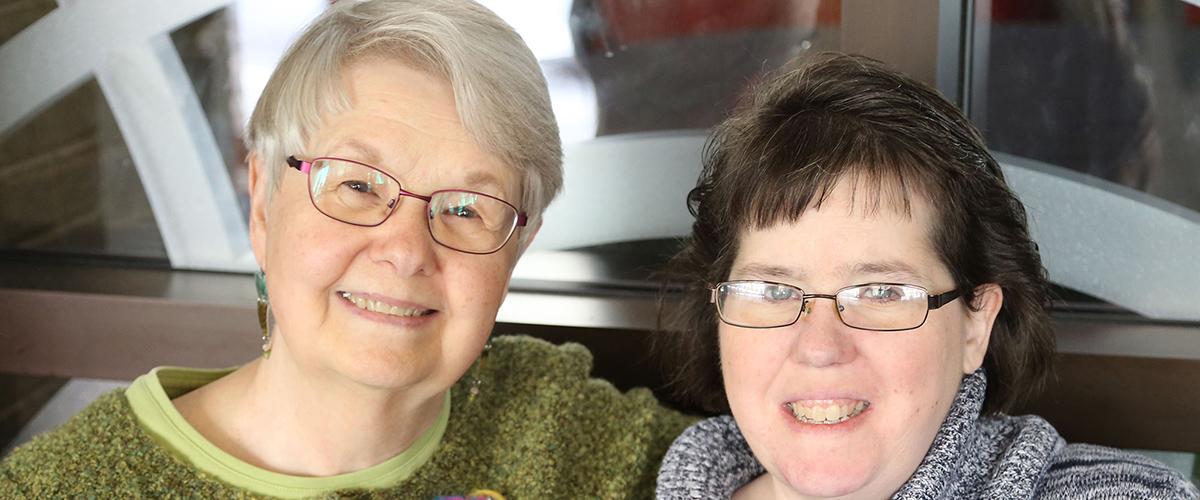Gene Editing by CRISPR/Cas9 is Here, but for Very Specific Diseases
Removal of expanded CTG or CCTG repeats using CRISPR/Cas9 gene editing technology is being explored as a potential strategy for therapy development in DM (see prior DM Research News article "Gene Editing for DM"). A search of the ClinicalTrials.gov database indicates that gene-editing trials are now recruiting for some indications in China (HIV-infected subjects with hematological malignances; CD19+ refractory leukemia/lymphoma; esophageal cancer; metastatic non-small cell lung cancer; EBV-associated malignancies) and regulatory approval has been granted for at least one gene editing trial in the U.S. (for various cancers).
These first trials invariably involve editing cells that are easily isolated from patients, edited ex vivo, and then cells are restored, as this approach avoids the considerable technical difficulties and safety issues of delivering gene-editing reagents to in vivo targets. Indications, like DM, where gene editing must be done in vivo, have a more difficult path.
Steps Toward, and Beyond, Removing DM Expanded Repeats
Bé Wieringa and colleagues previously evaluated the feasibility of using CRISPR/Cas9 technology to remove long CTG repeat tracks from DMPK both ex vivo, in DM1 patient myoblasts, and in an animal model, HSALR mice. Their studies suggest that a dual cleavage strategy (cutting from both sides of an expanded CTG track) is necessary to minimize unpredictable genomic changes.
A new publication in Cell, by co-lead authors Ranjan Batra (an MDF fellow) and David Nelles and their colleagues, provides new insights into a potential redirection of gene editing technology as a candidate therapeutic for DM. Their development of an RNA-targeting Cas9 (RCas9) of a size compatible with AAV packaging and delivery, represents a novel strategy to use Cas9 to target not DMPK, or CNBP, but rather their expanded repeat RNA.
Batra, Nelles, and colleagues first developed a Cas9 devoid of nuclease activity (dCas9) and linked it to GFP, allowing them to localize and track RNA carrying CUG and CCUG expansions. This tool allowed them to optimize sgRNA design to specifically target toxic DMPK RNA, including that in nuclear foci. At higher doses of dCas9-GFP with the optimal guide sequence, they showed that binding to CUG and CCUG repeat RNAs resulted in their destabilization and elimination. Further structure-activity evaluations of the RCas9 resulted in constructs that cleave expanded CUG and CCUG repeat RNA and are compatible with an AAV-packaged therapeutic efficient at degrading toxic DMPK transcripts at low concentrations.
The research team then evaluated the efficacy of RCas9 in DM patient-derived myoblasts and myotubes—the approach proved effective in eliminating expanded repeat RNA, nuclear foci, and the splicopathy in DM1 and DM2 cells. Looking at one aspect of a putative therapeutics’ safety profile, they observed few unintended alterations to the transcriptome of myotubes exposed to RCas9 (these may be due to experimental environment, but further testing is essential if the approach is to move toward the clinic).
Targeting the RNA, not the Gene
The approach of using a modified Cas9, RCas9, which is targeted to expanded DMPK or CNBP RNA, represents a compelling new therapy development strategy for DM. This approach does not ‘correct’ the genome, as with traditional CRISPR/Cas9 strategies, but eliminates the toxic RNA in a manner similar to the antisense oligonucleotide therapies under development for DM1. While AAV delivery of RCas9 is required, a considerable hurdle, the RCas9 approach may overcome some of the barriers of targeting the expanded repeat track in the genome itself with CRISPR/Cas9. Ultimate head-to-head testing of RCas9 and antisense oligonucleotides may yield the optimal strategy for treating DM.
Reference:
Elimination of toxic microsatellite repeat expansion RNA by RNA-targeting Cas9.
Batra R, Nelles DA, Pirie E, Blue SM, Marina RJ, Wang H, Chaim IA, Thomas JD, Zhang N, Nguyen V, Aigner S, Markmiller S, Xia G, Corbett KD, Swanson MS, Yeo GW.
Cell. 2017 Aug 10. doi: http://dx.doi.org/10.1016/j.cell.2017.07.010 [Epub ahead of print]

